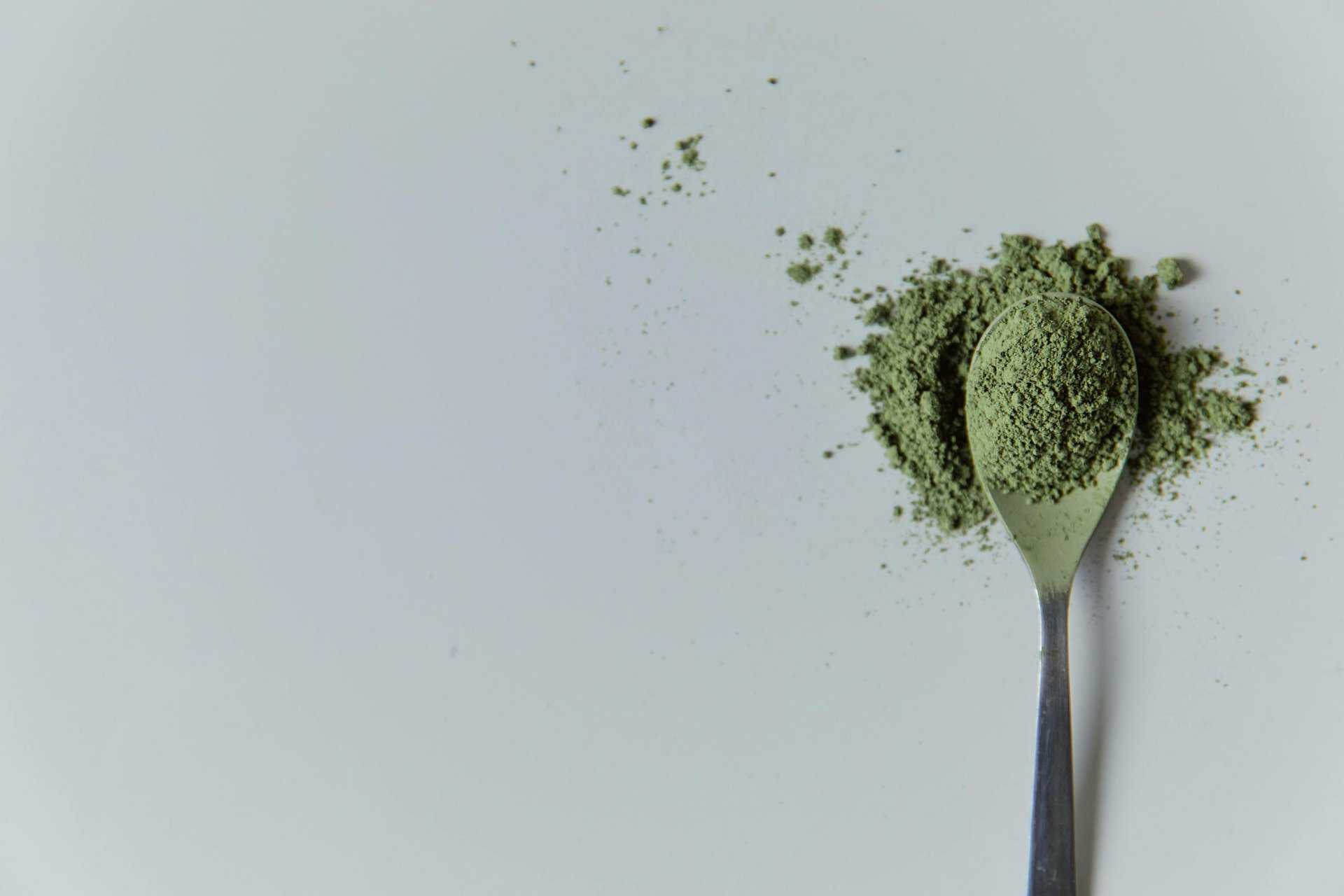Before You Sip: Matcha’s Health Benefits and the 1 Condition That Makes It Risky
Matcha has become a staple in wellness routines, praised for its vibrant color, calming energy, and antioxidant profile. But for individuals managing anemia, this popular drink may come with hidden complications. Understanding how it interacts with iron levels is key to making informed choices.
What Makes This Green Foam So Appealing?
This powdered green tea is made from shade-grown leaves and is known for its high concentration of catechins—antioxidants linked to heart health and mental clarity. It also contains L-theanine, which promotes a calm, focused state. Many people turn to it as a gentler alternative to coffee, appreciating its slow-release caffeine and ritualistic preparation.
Despite its benefits, it isn’t universally safe. For those with iron absorption disorders, its impact on nutrients deserves attention.
Iron Absorption and the Role of Timing
Iron is essential for producing hemoglobin and transporting oxygen throughout the body. Someone becomes anemic when iron levels are too low, leading to fatigue, weakness, and other symptoms. Certain compounds in it—like tannins and polyphenols—can bind with iron in the digestive tract, reducing its absorption. This is especially true for non-heme iron found in plant-based foods.
Drinking a cup too close to iron-rich meals or supplements may interfere with anemic recovery. It’s not about eliminating it from your diet, but about consuming it strategically.
Smart Habits for Matcha Lovers Managing Anemia
If you’re anemic and still want to enjoy the powdered trend, here are a few tips:
- Time it right: Wait at least an hour before or after meals that contain iron.
- Avoid pairing with supplements: Especially if you’re actively treating anemia.
- Support absorption: Include Vitamin C-rich foods in iron-heavy meals to counteract interference.
- Watch for symptoms: Increased fatigue or dizziness may signal poor iron uptake.
- Talk to your provider: Especially if you’re unsure how the green powder fits into your treatment plan.
Who Should Be Especially Cautious
Certain groups are more likely to experience negative effects from its interaction with iron:
- Individuals with diagnosed anemia
- Pregnant or breastfeeding people
- Those on iron supplements or blood thinners
- People with chronic fatigue or digestive sensitivities
Wellness Isn’t One-Size-Fits-All

Matcha’s rise in popularity reflects a broader trend of embracing “superfoods” without always considering individual health contexts. For those with anemia, blindly following the green drink craze can lead to unintended consequences. Wellness should be personalized, not prescriptive.
Final Thought
Matcha can be a nourishing part of your routine—but only when used with care. If you’re managing anemia, understanding how this drink affects iron absorption is essential. With a few adjustments, you can enjoy its perks without compromising your health.
Disclaimer: This article is for informational purposes only and does not constitute medical advice. Individuals with anemia or other health conditions should consult a qualified healthcare provider before making dietary changes.







